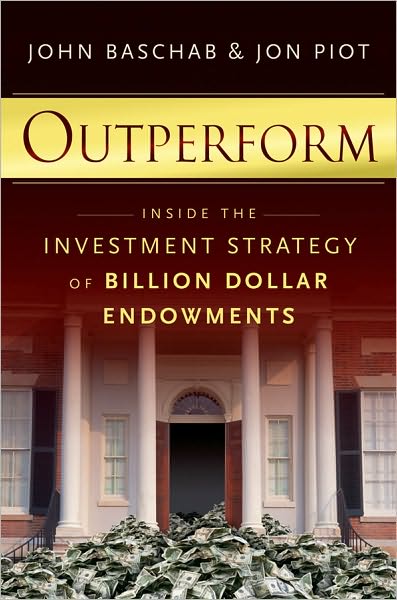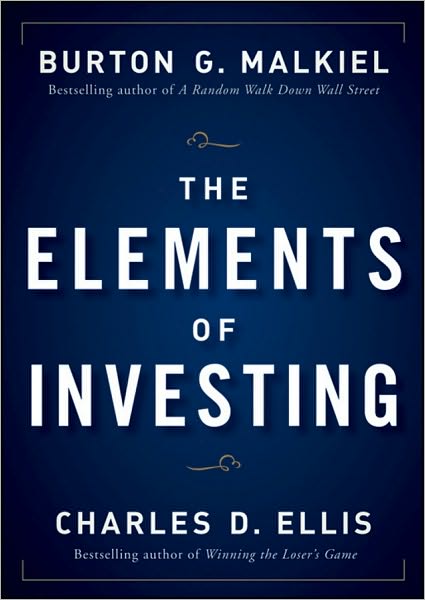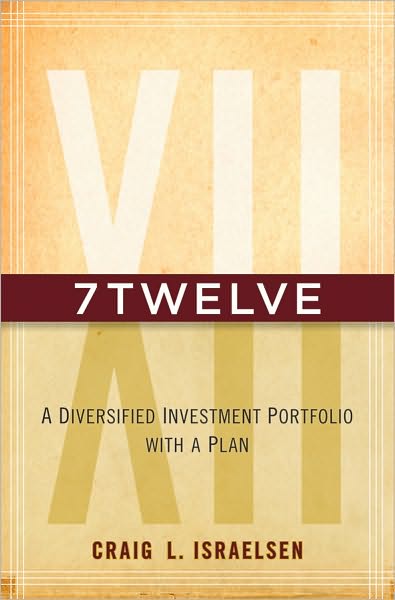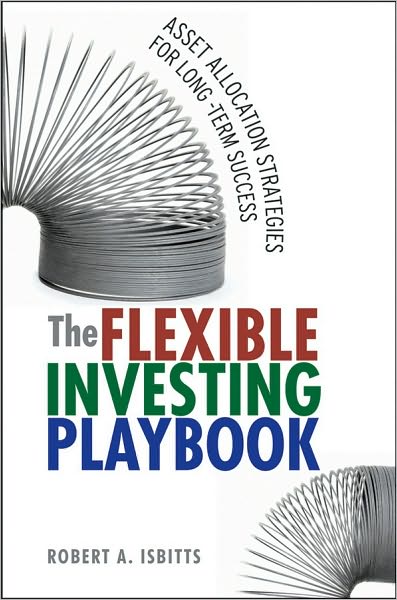I had the pleasure today of interviewing David Martin who wrote the book Risk and the Smart Investor.? Unlike most of my book reviews, I have the fun of doing a voice interview and doing a written Q&A as well.? This piece will go over my voice interview.
Before I start, why did I decide to do so much with this book?? I did this because I have a love of risk management.? As I read through his book, I sensed a kindred soul who really got what is behind risk management.? I will not put out this much effort for an ordinary book.? I really liked this book, and after my voice interview I can say that I really liked David Martin.
My first question to David Martin was to ask you what motivated him to write the book.? He replied to me that as he had gone through life and learned things, his satchel filled up more and more.? The book was a way of emptying his satchel and giving back to average people.
If I might interject, that is my reason for writing this blog.? I’m not in it for the money; I don’t think David Martin is either.? But for some of us, when you have learned a lot, you feel a need to share it with others, not so much for your ego, but that others can benefit.
My second question to him was, ?If you could make a few key changes to the way we do risk management at financial firms in the United States, what would they be?”? After a pause, and saying that’s a big question, he gave me the following answer:
1) Risk management must be holistic.? It must look to the strategy being pursued, the risk involved, and then the capital needed to pursue such a strategy.
2) The risk manager must not only have a seat at the table but must have a voice at the table, with an independent channel to the Board of Directors like the internal audit function.? The Directors have to be aware of the risks that the company is taking.
3) Risk control must be grounded in reality.? It’s fine to have a quantitative model, but after his run for a while, do you test to see how it has performed?? (David Merkel: It is similar to what happens good insurance firms.? Good firms take the results of their valuation work and feed it back into their pricing, so that they do not under- or over-price their products.)? Testing is key.? Was the model truly predictive?? Did it really work?? Did you compare the results to half a dozen alternative models?
4) There are two visions on risk management.? Vision one is the huge screen in front of the risk manager, with advanced math and analytics, that takes in all the data, and allows the risk manager to make simple adjustments in real time to the quantitative feedback.? Vision two is having people with good business judgment look at the state of the markets and the positioning of the financial institution and making informed decisions.? Like me, David Martin favors the second vision.? Models will never be so good that a businessman with good judgment will be inferior.? This is one place where John Henry will beat the steam drill.
He added his experience the time that he met Peter Drucker.? He asked Drucker how one could predict the future.? Drucker answered that one could predict the future by attempting to create the future.
Now what Drucker said was not dumb, in my opinion.? And David Martin followed that advice by helping to create principles for risk management for buy side firms and for directors of mutual funds.? After all, why wait for the problems to come to you?? Why not create best practices now, and do better business for your clients, making yourself more immune to future lawsuits?
David Merkel: As Cordwainer Smith said in his short story ?Mother Hitton?s Littul Kittons,? “Bad communications deter theft; good communications discourage theft; perfect communications stop theft.”? The idea here is that good business practices are best for the client and the business in question.? Before you get sued, why not put something into place that minimizes your probability of getting sued, by maximizing the probability of doing business right?
My third question was: “Most of my readers are amateur investors.? What would you want to take away from your book?”
He began by talking about process and learning.? There are no magic ideas.? You’ve got to do the dirty blocking and tackling of learning about investments so that you can make intelligent and informed decisions about what you do.? Further, you have to be disciplined about your decision-making.? Don’t be haphazard in making choices.? (As David Merkel has said for a long time: Decision triumphs over conviction.? Discipline yourself to make your investment decisions businesslike.)
He added that all of us need an internal Board of Directors.? Friends who can counsel us when we are stumped.? He himself has such a Board of Directors ? trusted advisors will help when he can’t figure the situation out.? If David Martin needs such a group of men, how much more how much more do average investors like you and me need such advice?
My fourth question was, “What potential problems are under followed in the present financial environment?”
He paused and explained to me that his ideas here are tentative.? Many have been asking him this question, but he is less certain about what the right answer is here.? He then talked to me about information risk.? There are risks to financial systems being hacked. ?Financial companies need to verify the validity of transactions before executing on them.? He mentioned a parallel about the noise the present environment when you get so much spam relative to legitimate mail.? He himself hired a hacker at one point to see how the financial systems of the firm he was working for could be compromised.? He was surprised on how easy it was to do.
As for financial reform, he expressed some skepticism because most of financial reform is fighting the last war.? They are not looking through the windshield, they are looking through the rear view mirror.? They need to look at what the next set of problems might be.
He then said that we have not learned our lessons from the current crisis.? We have beliefs of our country, for which we have not counted the costs.? “Everyone deserves a house.”? “Everyone deserves quality healthcare.”? But what of the costs?? Can society as a whole bear the costs of what many believe are entitlements?
He closed with the comment that somehow Main Street and Wall Street must have some sort of rapprochement.? If the two don’t work together, life will be tougher for both.
My final question was, “If you were to write a follow-up book, what would you write about?”
To my happy surprise, he is considering writing a follow-up book.? It is a book that would focus on risk management for the individual investor by looking through the windshield.? Keep moving on; embrace risk.? Develop processes that will help you embrace risk.? Spend more time thinking and less time slaving.
After that we had a bit of a discussion about liquidity, and how difficult it is to explain as well as how it can throw monkey wrenches into the best financial plans.? He felt that most problems from liquidity could be solved through business judgment, but that it would often cut across the short term goals of many financial firms.
What I have not captured in my comments here are the number of times that he emphasized how risk control must be a whole firm process, and how senior management must be committed to risk control.
To close this off, I will say that I found the interview refreshing.? David Martin has a very intelligent view of risk.? Risk must be embraced, but only at reasonable costs, and in view of decent returns.
So with that I once again recommend the book Risk and the Smart Investor. If you want to, you can buy it here: Risk and the Smart Investor.
Full disclosure: I was asked if I would review a copy of the book.? It sounded interesting, so I said I would consider it; I was e-mailed an advance copy of the book.
If you enter Amazon through my site, and you buy anything, I get a small commission.? This is my main source of blog revenue.? I prefer this to a ?tip jar? because I want you to get something you want, rather than merely giving me a tip.? Book reviews take time, particularly with the reading, which most book reviewers don?t do in full, and I typically do. (When I don?t, I mention that I scanned the book.? Also, I never use the data that the PR flacks send out.)
Most people buying at Amazon do not enter via a referring website.? Thus Amazon builds an extra 1-3% into the prices to all buyers to compensate for the commissions given to the minority that come through referring sites.? Whether you buy at Amazon directly or enter via my site, your prices don?t change.








 The Flexible Investment Playbook.? As for 7Twelve, those lacking a sound diversification strategy could benefit.? The strategy is simple enough to implement.
The Flexible Investment Playbook.? As for 7Twelve, those lacking a sound diversification strategy could benefit.? The strategy is simple enough to implement.